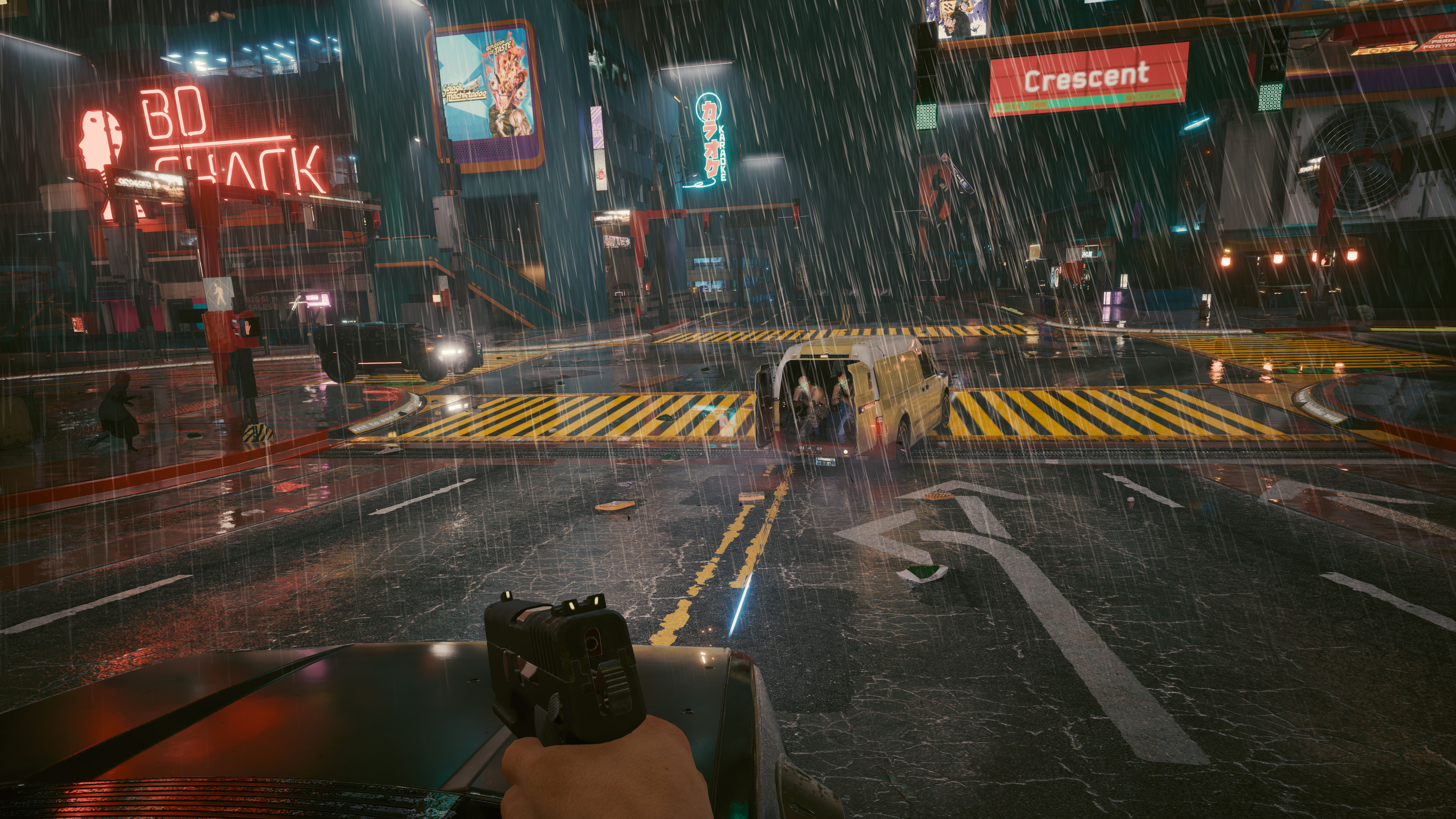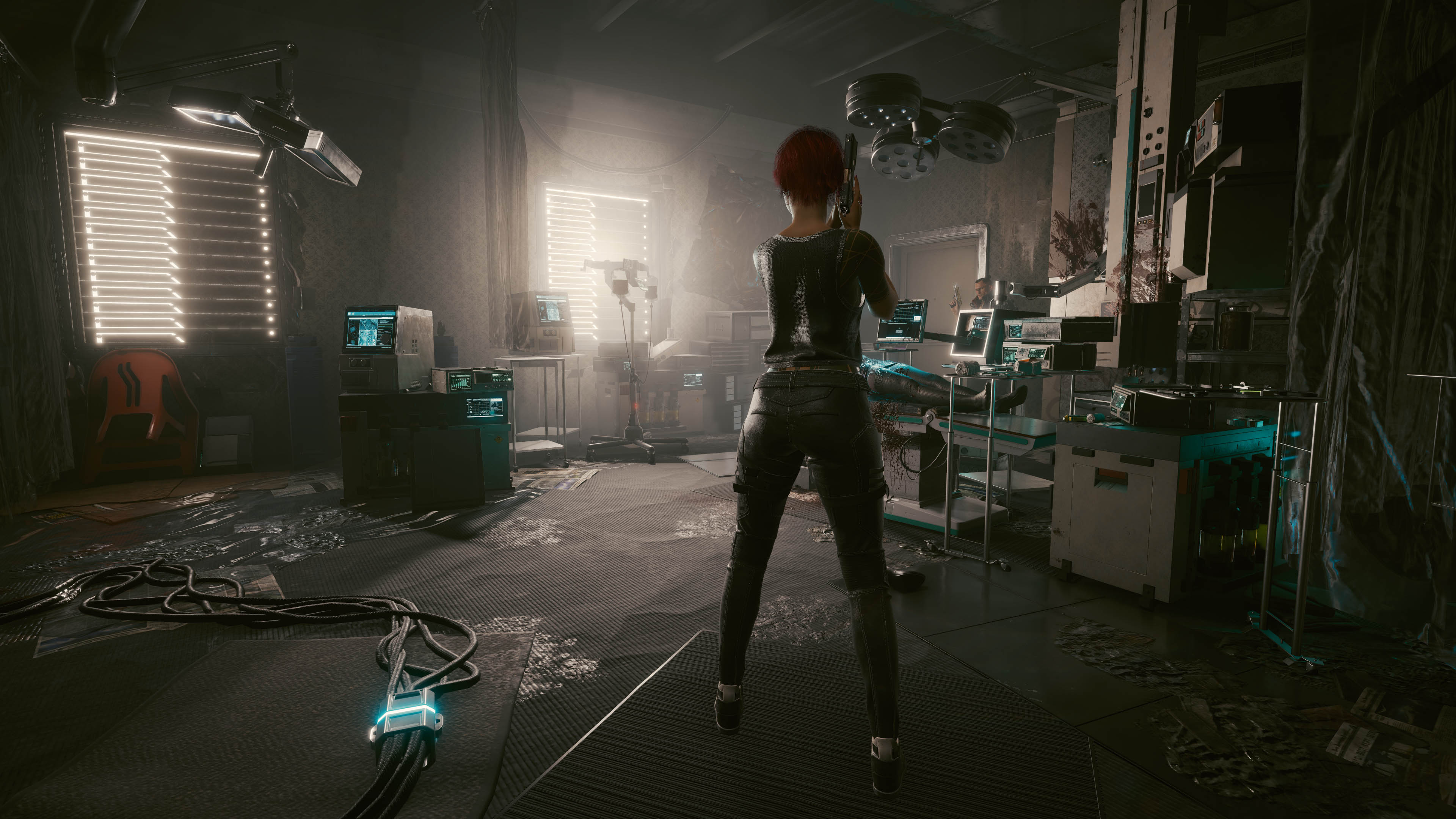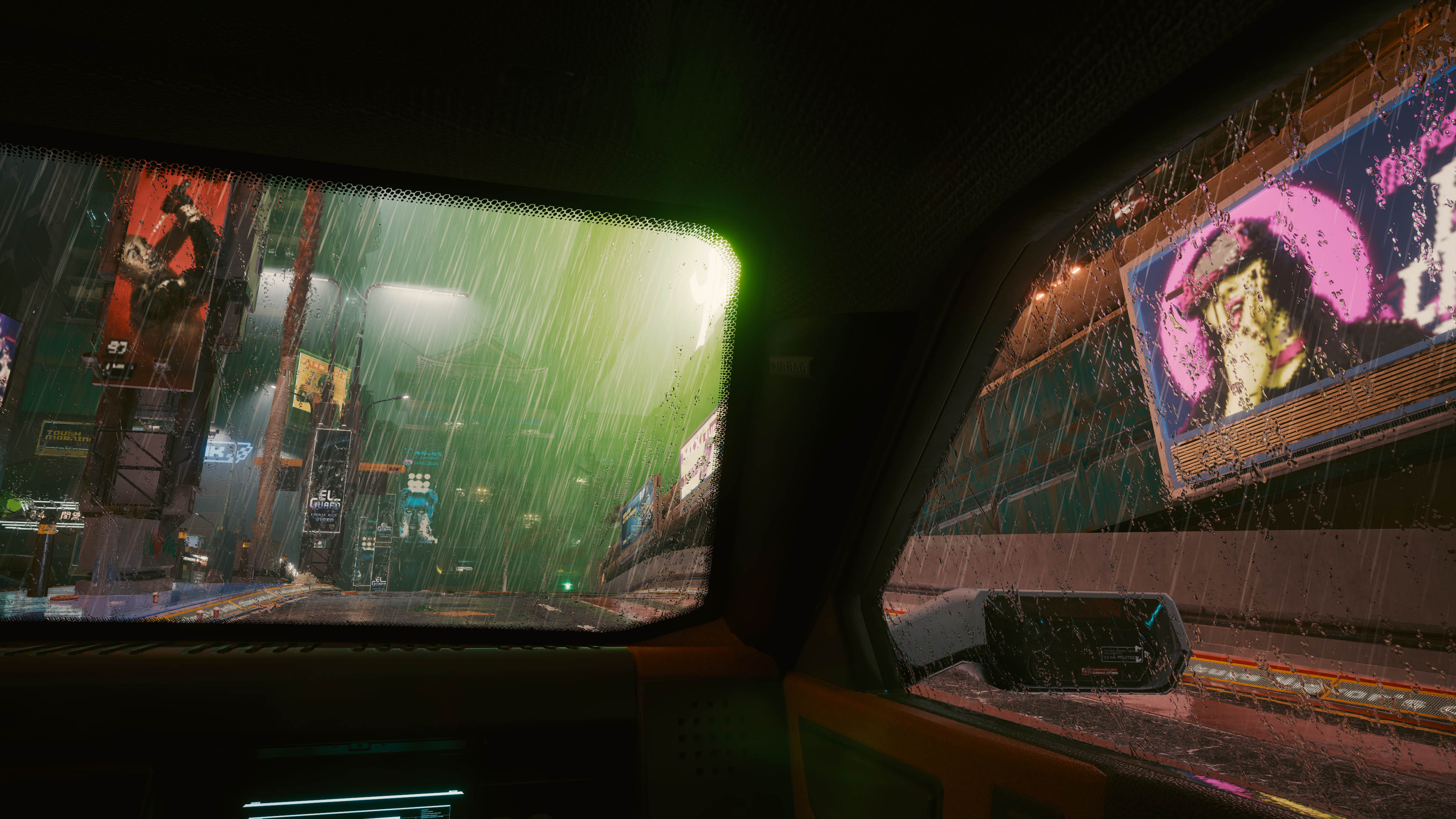I just tested the future of gaming graphics in Cyberpunk 2077 — you have to see this
Cyberpunk 2077’s new path tracing mode just gave my eyes an experience I’ll never forget

I’ve seen the future of video game graphics, and it’s absolutely gorgeous.
More specifically, I’ve witnessed what is possible when you throw a high-end GPU at Cyberpunk 2077 and its new ‘Ray Tracing: Overdrive’ mode. The results are eye-catching, to say the least.
Heck, Cyberpunk 2077’s latest PC update is so impressive, I think my corneas are going to be quivering for the next month. The 1.62 patch brings full ray tracing (also known as path tracing) to CD Projekt's action-RPG for the first time, and there’s no denying how impressive the results are.
A more advanced version of regular ray tracing, path tracing uses algorithms to intelligently determine the most likely direction rays of light will be cast in. In simpler terms, this results in much more realistic lighting.
And make no mistake, path tracing in Cyberpunk looks gloriously real. While the default rasterized lighting model already looks good, path tracing injects the streets of Night City with a more persuasive sense of depth and realism.
Ray the piper

Overdrive mode’s fancy lighting techniques perform at their best in scenes of contrast; like when main character V walks through a shadowy underpass on a bright day. With path tracing enabled, rays of light bounce around the scene in a far more pronounced way.
While the effects of path tracing can appear subtle at first, it’s one of those graphical features that when you notice it, it’s hard to go back. Though it doesn’t immediately shine through during frantic chases or gun battles, path tracing really comes into its own in Cyberpunk’s photo mode.
In a smart move, CD Projekt gives you the option of disabling path tracing during gameplay but enabling it separately for photo mode. If you want the most eye-arousing in-game snaps you’ve ever taken in Cyberpunk 2077 on PC, you have to experience this killer feature.
The big problem with path tracing, though? The gateway for entry is annoyingly high. Unless you own a seriously expensive Nvidia GeForce RTX 40 series GPU, your PC won’t have the graphical muscle to run this cutting-edge mode that’s exclusive to high-end Team Green cards.
CD Projekt claims Cyberpunk’s Overdrive mode will work on a RTX 3090 — albeit at 1080p, 30 fps — but that’s hardly a garden-variety graphics card, either.
In its official patch notes, the developer isn’t shy about stressing the sky-high technical demands running the game with path tracing enabled will put on your PC. “As this is a cutting-edge feature, it requires the highest-performing hardware available to run it properly.”
Luckily, I own the most powerful GPU Nvidia currently makes, but even with my GeForce RTX 4090, compromises have to be made to run Cyberpunk 2077 at playable frame rates when path tracing is turned on.
Without a trace

Running the game with path tracing features is an absolute no-go at higher native resolutions. Booting the game up in 4K, my RTX 4090 was immediately brought to its knees. The game never once goes above 20 fps, often staggering between 15-17 fps like a futuristic drunk.
This is where DLSS 3 (Deep Learning Super Sampling) saves the day. Nvidia’s fps-boosting image reconstruction technique transforms how Cyberpunk runs when path tracing is enabled. After I turn on DLSS Frame Generation and DLSS Super Resolution in ‘performance mode’, the RPG skyrockets into mid-70s fps territory.
Seeing as the game normally runs at 120 fps and above on my RTX 4090 with ray tracing features disabled, does switching to path traced lighting really justify such a drastic reduction in frames?
Eh… kind of? Don’t get me wrong, when I look at side-by-side comparison shots, the more naturally balanced interplay between light and shadow that path tracing produces is super impressive. The trouble is, I still like the look of Cyberpunk’s pre-baked rasterized lighting.
Sure, the game’s non ray traced lighting model gives characters an almost supernatural glow when they’re standing in shadows. Yet Cyberpunk 2077 remains a stunningly vibrant game that still looks great on lower-end hardware that has no chance of rendering Night City with path tracing.
I love the added bounce lighting path tracing produces, and it can absolutely transform screenshots in certain scenes. As a glimpse into what titles could look like in years to come, Cyberpunk’s Overdrive mode provides a tantalizing preview into the future of gaming.
It’s just a pity that such high-end hardware requirements make this a tech treat so few gamers will get to appreciate any time soon.
More from Tom's Guide
Sign up to get the BEST of Tom's Guide direct to your inbox.
Get instant access to breaking news, the hottest reviews, great deals and helpful tips.

Dave is a computing editor at Tom’s Guide and covers everything from cutting edge laptops to ultrawide monitors. When he’s not worrying about dead pixels, Dave enjoys regularly rebuilding his PC for absolutely no reason at all. In a previous life, he worked as a video game journalist for 15 years, with bylines across GamesRadar+, PC Gamer and TechRadar. Despite owning a graphics card that costs roughly the same as your average used car, he still enjoys gaming on the go and is regularly glued to his Switch. Away from tech, most of Dave’s time is taken up by walking his husky, buying new TVs at an embarrassing rate and obsessing over his beloved Arsenal.
-
Infinite88 I'm starting to think that some people are buying new high-end PCs just to play Cyberpunk 2077.Reply
Overdrive mode is looking closer to reality, and is impressive, but it's not the end-all lighting/rendering mode. I've seen shots where the lighting was unrealistically dark that could benefit from some ambient lighting or an additional scene light; when CDPR designed the game, they did not do it with overdrive raytracing in mind.
